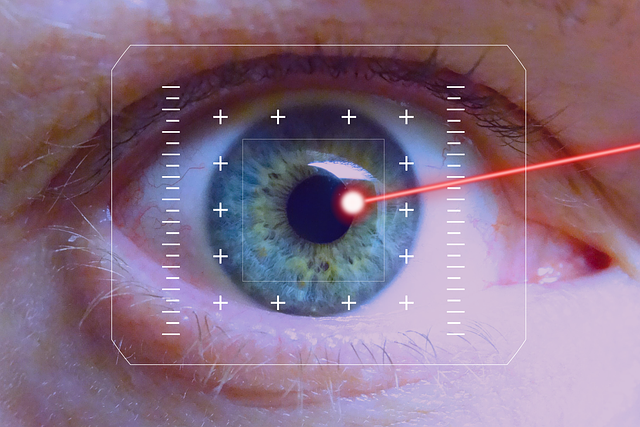In my post on A Plausible God, I cited blind-sight as an example of sensing that does not lead to conscious perception. This remarkable neurological syndrome illustrates the tight interconnection between our sense of reality and consciousness. Larry Weiscrantz and Alan Cowey discovered blind-sight at Oxford about 25 years ago.
Blindness can be physiological, when the physical eye is not functioning properly. Or it can be neurological, when the eye is fne but the visual signal processing is impaired. For example, if our right visual cortex is damaged, we are blind on the left side. When examining a patient with such a neurological blindness on one side, Weiscrantz shined a little spot of light on the patient’s blind side. Weiscrantz then asked the patient to point to it. The patient protested that he could not see it and could not possibly point to it. Weiscrantz asked him to try anyway. The patient then proceeded to point accurately to the spot of light that he could not consciously perceive.
After hundreds of trials, it became obvious that the patient could point correctly in ninety-nine percent of trials, even though he claimed on each trial that he was only guessing. How did the patient determine the location of an invisible object and point to it accurately? The neurological reason is that we all have two visual pathways. The new visual pathway goes through the visual cortex. The old, backup pathway runs through our brain stem to the superior colliculus.
The cause of our patient’s blindness was that his visual cortex was damaged, and it did not get the signals from one eye and its optic nerves. But the signals took the parallel route to the superior colliculus, using the old pathway. This rerouting allowed him to locate the object in space and guide his hand accurately to point to the invisible object. What this syndrome of blind-sight shows us is that only the new visual pathway leads to a conscious experience. While the old pathway is perfectly usable (for survival, for instance), it does not lead to a conscious experience of vision.
An interesting neurological condition, no doubt. But blind-sight is more than that. It is a rather confounding philosophical conundrum. The spot of light that the patient could see — was it real? Sure, we know it was real. But what if all of us were blind-sighted? If some of us started developing a semblance of awareness as a result of our blind-sight, would we believe them, or call them delusional? If there are senses that we can be unaware of, how sure can we be of the “sensed”? Or of our “delusions”?
This post is an edited version of section in The Unreal Universe. The information comes from The Emerging Mind: Reith Lectures on Neuroscience (BBC Radio, 2003) given by V. S. Ramachandran, the director of the Center for Brain and Cognition, San Diego, CA, USA. My book refers to several examples of physiological brain anomalies and their perceptual manifestation from this lecture series.
